3 Reasons To Show Your Insurance Estimate to a Roofing Contractor
When your roof endures the impact of a severe storm, it's natural to feel concerned about its condition. Fortunately, if you have homeowner's...
Severe storms stir up all kinds of trouble. They can cause floods, blow around your outdoor furniture, damage cars, and most pertinent to us, wreak a lot of havoc on your roof.
High winds can blow up older shingles, heavy rain creates a lot of wear, and exposes a lot of leaks, and if debris gets blown up to your roof, look out! You’ll likely have to combat a large area of damage and potential leak points.
Thankfully, if you have a good homeowner’s insurance policy, you won’t be left having to pay to fix all this damage yourself. In fact, you may be able to justify getting your entire roof replaced on your insurance company’s dime.
In this blog, we are going to be going over:
Alright, let’s get started!
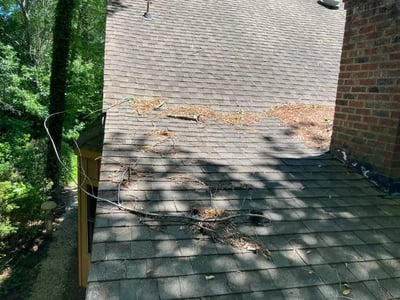
Going through a rough storm can leave you worried about the state of your roof. If you have homeowner’s insurance, you can file a claim with your insurance company to cover any necessary repairs. After giving them all the necessary information, they’ll send an adjuster over to inspect your roof.
The insurance process can get even more difficult if the cause of your roof damage isn’t immediately apparent. For example, if a tree falls through your roof, do whatever you can to make sure your insurance pays for the replacement.
But in less obvious circumstances, getting help from your homeowner’s insurance company can be challenging.
If you think you may be eligible for insurance to cover your roofing project, then we recommend reaching out to your insurance agent directly to discuss a potential claim. Depending on your policy, once your claim has been approved, you’ll get an insurance check for your roof’s ACV or RCV. Below is a breakdown of each policy:
Actual Cash Value (ACV): This is the depreciated value of your roof. If this is your policy, it means your insurance company will only send you a check for the value of your roof today.
Replacement Cost Value (RCV): This means your insurance company will pay to replace your roof. You’ll first receive a check for the ACV of your roof before repairs are completed. They’ll hold back the amount they calculate that your roof has depreciated. This is called recoverable depreciation.
Recoverable Depreciation: This is the final check your insurance company will send you after you show proof that all the work has been completed. As stated earlier, this is the amount that your insurance company has determined that your roof has depreciated during its lifetime. If you don’t have the work done, they don’t have to pay you for the depreciated part of the claim.
Once you receive these checks, you can deposit them and pay for your repair or replacement with cash, check, credit card, or other payment methods accepted by your roofing contractor. While the insurance process can seem complicated, it should ultimately help you end up with a new roof that lasts for years to come.
Now that you’ve received an estimate from your insurance company, it’s time to call a local roofer. However, because you have an insurance claim, you don’t need to get quotes from multiple contractors.
Your insurance company will likely encourage you to get quotes from several contractors in hopes that they will be lower than the insurance estimate. Meanwhile, contractors will almost always give you a lower quote than the insurance estimate—because that’s how they win business.
As a homeowner, your goal is to get as much compensation from your insurance company as possible. Choosing the roofer with the lowest quote isn’t going to help you do this. However, you should make sure that your contractor can supplement your insurance claim.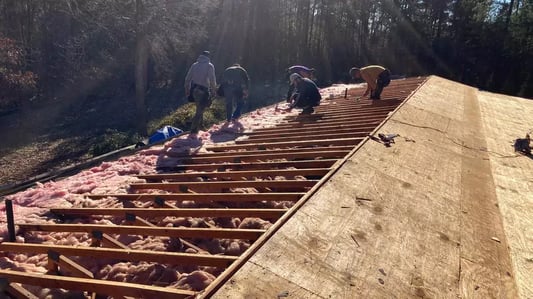
Supplementing a claim means your roof will be installed up to code. All repairs not on the original claim will be added and therefore paid for by your insurance company. Any code upgrades required by your local codes department will also be added and paid for. An experienced roofer will know how to do this, which means you’ll get a second check from your insurance company.
Once you find the right contractor, you’ll need to share all relevant insurance paperwork with them. If everything checks out, they’ll start on the process of replacing your roof.
After your insurance claim is approved, the next step is to meet with a roofing contractor to discuss the plans for your new roof. During this meeting, they’ll likely ask to see your insurance paperwork. They need to see your insurance estimate because it has information they’ll need to make sure your roof gets all necessary repairs.
Depending on your insurance policy, the paperwork will have the estimate for your roof’s ACV or RCV and a line item list of what your insurance adjuster found when they inspected your damaged roof.
Sharing your insurance paperwork allows your contractor to know what work they need to do, prevents you from accidentally committing insurance fraud, and helps streamline the process of finding a contractor.
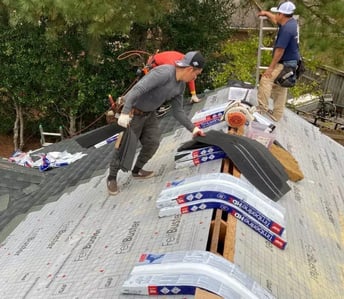
If you don’t show your insurance paperwork to your roofing contractor, they’ll never even know you had a claim to begin with. That means they won’t know what your insurance is covering in your estimate or the scope of the work required.
Without knowing how much work is required, you run the risk of your contractor quoting a cost that is greater than the summary pricing given to you by your insurance company. Summary pricing is the predetermined market price of services covered by an insurance company. This pricing is updated monthly and includes the cost of labor and materials.
Some insurance adjusters leave off items required by local codes. If your policy has a code upgrade provision in it, then your insurance company is required to pay for it. If you don’t show your claim to your contractor, they won’t know that your insurance company is covering code upgrades, which could make their quoted price higher than your insurance estimate.
Showing your claim to your contractor ensures you’ll get exactly what your damaged roof needs while still complying with your insurance policy
For homeowners with a Replacement Cost Value (RCV) policy, showing your claim to a contractor can prevent you from accidentally committing insurance fraud. If your contractor’s repair estimate turns out to be less than what your insurance agreed to pay, you don’t get to pocket the leftover money.
All repairs listed in your insurance claim must be included in your contractor’s scope of work to avoid committing insurance fraud. That’s why an RCV policy requires proof of completion before they send you a check for the recoverable depreciation. If you ask for the check but didn’t get the work done, your insurance company can pinpoint you for fraud.
Some roofing companies don’t require you to pay for a deductible. While this sounds like a great idea, it can have negative results. While you might not have to pay the deductible outright, shady contractors will hide the cost of the deductible in your work estimate so your insurance approves and pays the bill. They’ll then use that money to provide subpar work and materials. Plainly said, this is fraud.
Once your insurance claim is approved, getting quotes from multiple roofing contractors becomes pointless. Showing your paperwork to your contractor allows them to know exactly what they’re working with to get you a new roof using your insurance company’s requirements.
It also prevents you from having to go shopping for more roofing contractors and looking for the lowest bidder. Knowing that you have the insurance money in your back pocket is very useful for that process.
Now that we’ve gone over how to effectively use an insurance claim to replace a storm damaged roof, I hope you’re feeling ready to start your own claim process!
Your company may ask you to get a roof inspection to validate the condition of the roof before they approve the claim. If that happens to be your case, check out this article about why your insurance company would ask for an inspection during the claims process!
On Tops Roofing has been working with Raleigh homeowners through the insurance roof replacement process since 1991. If you’re in need of someone to help use your insurance to replace your storm damaged roof, we’re on it!
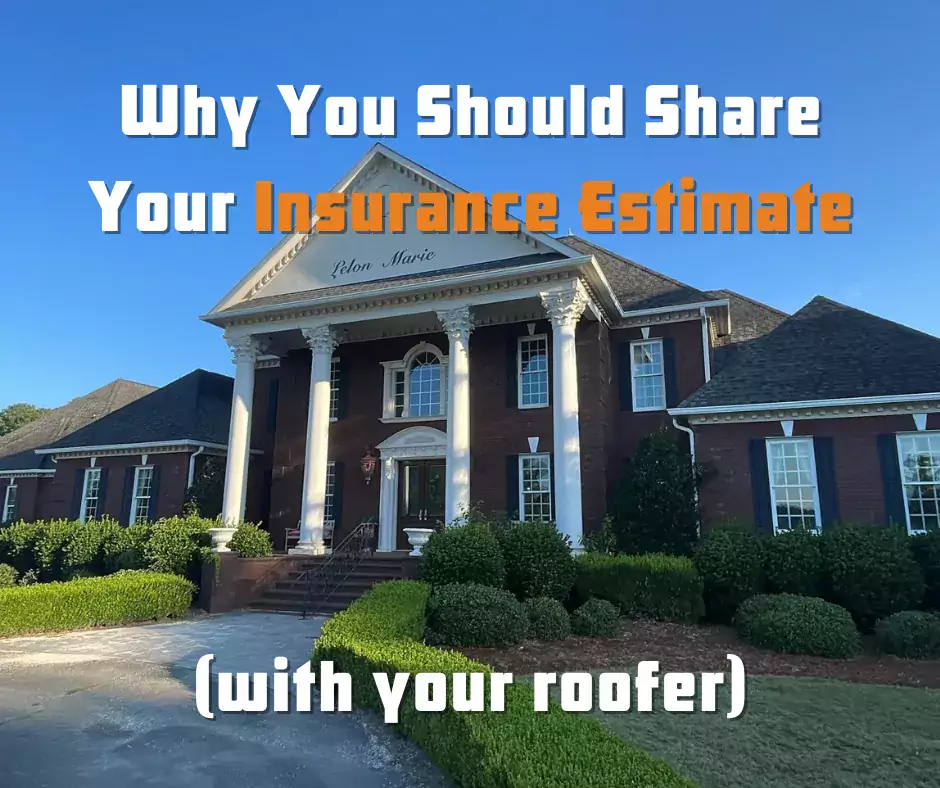
When your roof endures the impact of a severe storm, it's natural to feel concerned about its condition. Fortunately, if you have homeowner's...
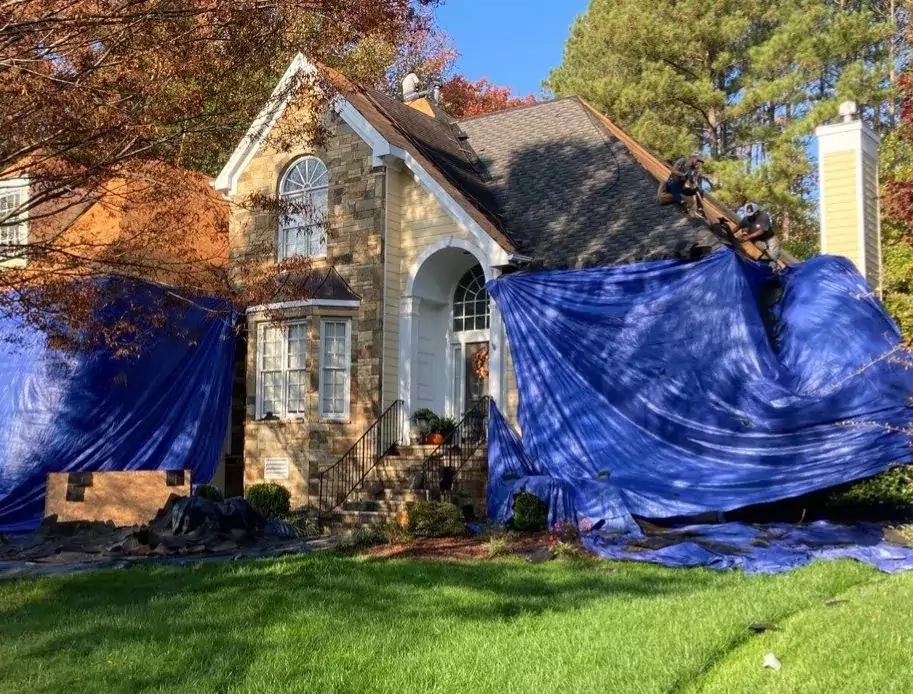
When your area gets severe weather, a LOT can go wrong. Powerlines can be knocked out, roads can be littered with debris, neighborhoods can be...
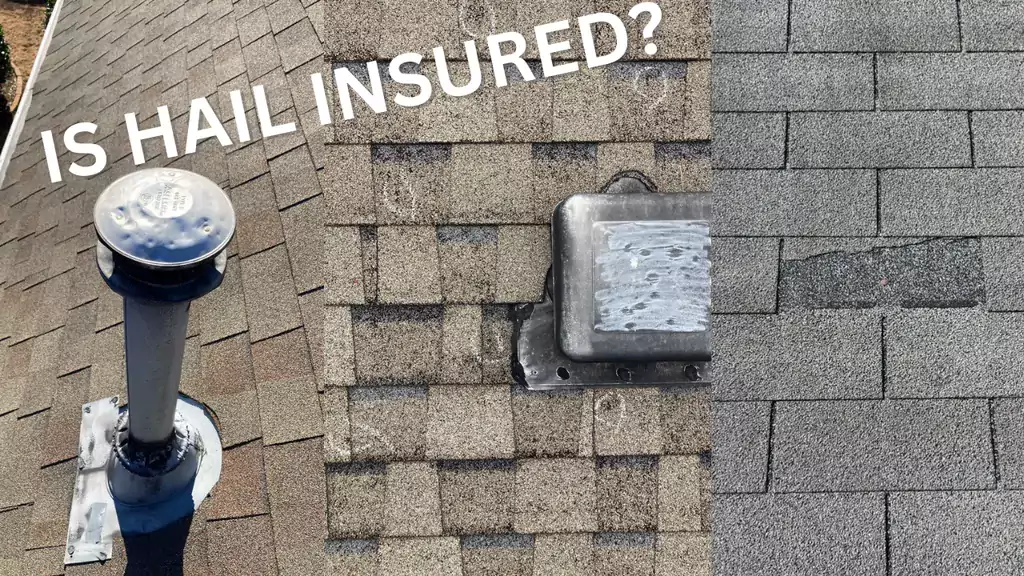
In the winter, having a hailstorm come through your area is one of the most stressful things you can have happen. Hail can cause severe damage to...